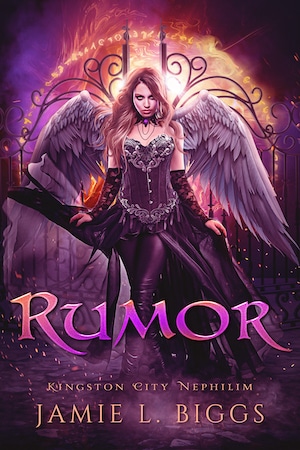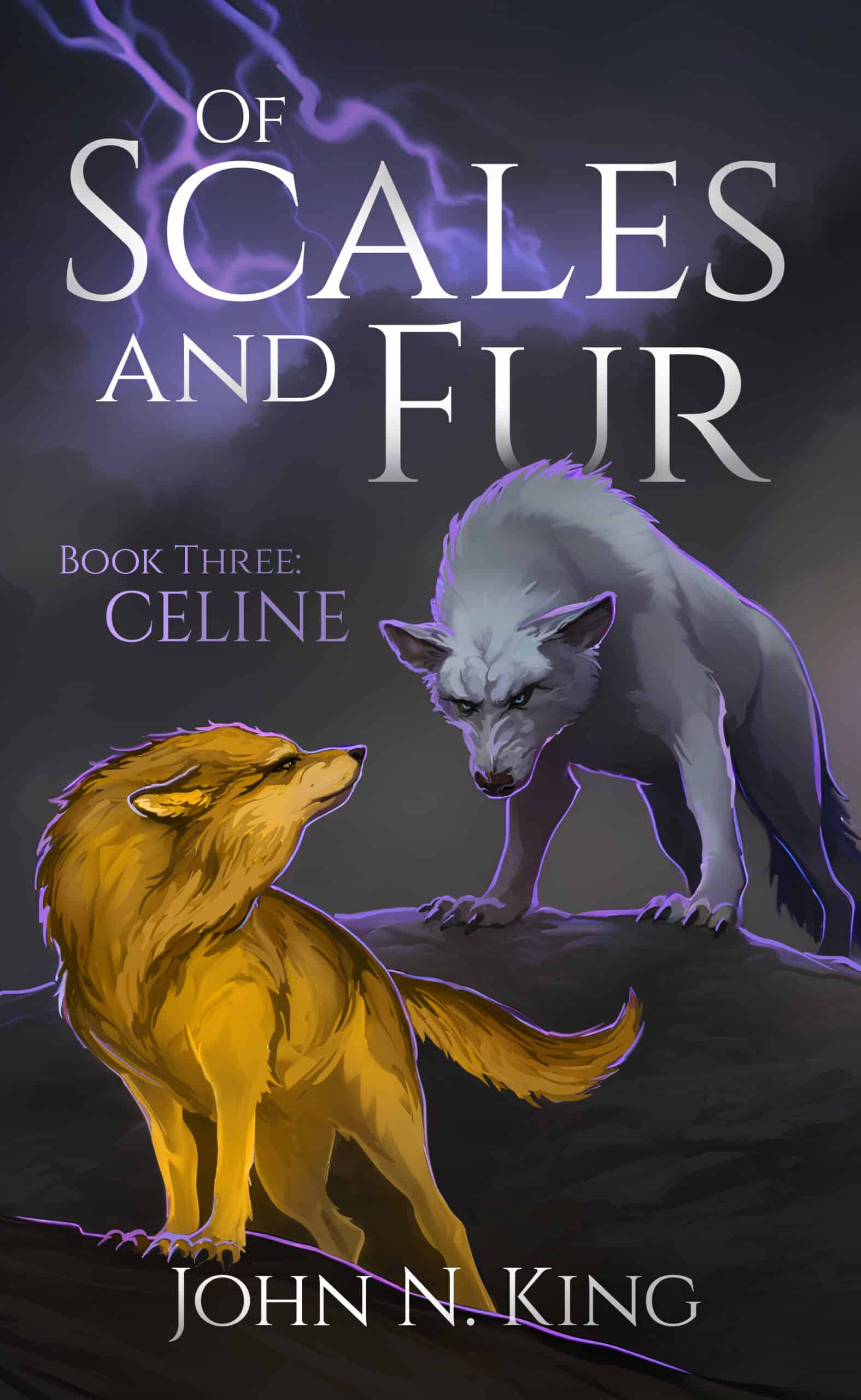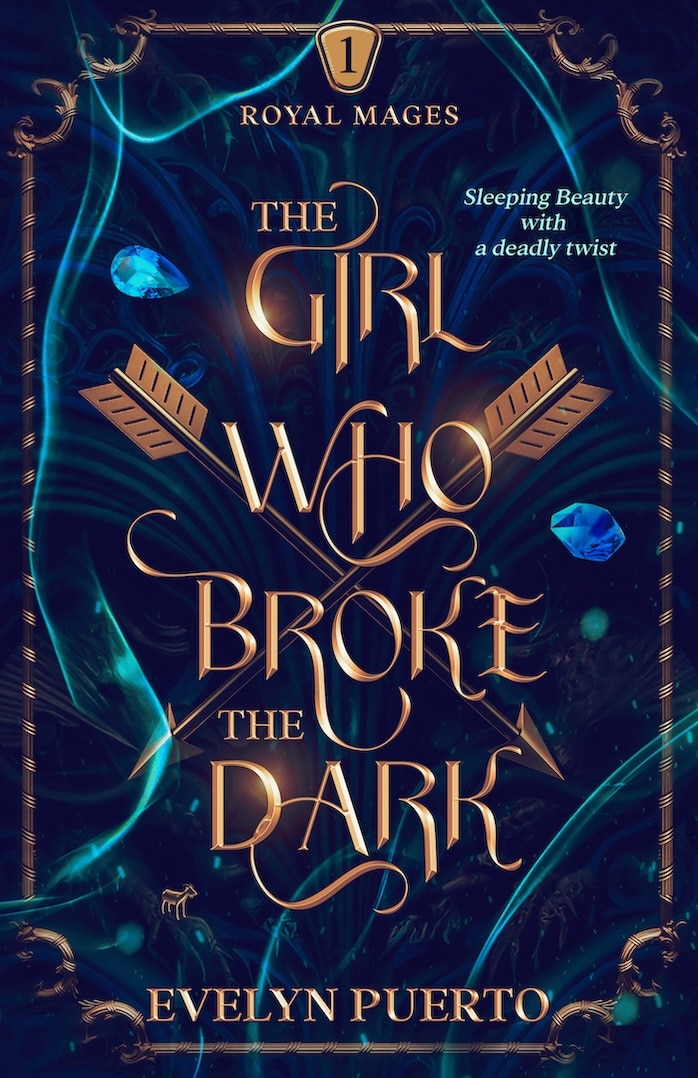by Joe Bunting |
I recently read a novel that, on the surface, was nearly perfect. It had an action packed plot, a love triangle, and a feel good ending.
However, as I read, I noticed that every time a major conflict in the story would come up, the author would back off. She would briefly show the conflict, but then skip on to the next scene, leaving you, the reader, to sort everything out. It was almost as if the author knew she needed conflict, but was so uncomfortable with it, she wanted to slip the conflict into the story and get out as soon as possible.
by Joe Bunting |
Some of the best stories in history have words that the authors made up themselves. Think about Harry Potter and the words “muggle” and “squib.” Think about the Lord of the Rings. J. R. R. Tolkien not only created words, he created languages.
Have you ever thought about creating a new word to use in your story? Here are two ways to create a new word.
by Joe Bunting |
One of my roommates and I started watching Downton Abbey last week, and within four evenings had finished the first two seasons and are almost all caught up. It’s a really engrossing show, for those of you who haven’t seen it, and Maggie Smith is a treasure (and a Golden Globe winner).
However, between the two of us, we were able to predict a fair number of the plot twists. It’s no fault of Downton’s writers, to be sure. When you consume pop culture, whether it be in the form of books, TV, music, or film, you’re bound to catch on to patterns in the storytelling.
by Joe Bunting |
After over a year of thinking and planning, in November my friend Jeff Goins and I launched Story Cartel, a site to help authors share their stories with readers.
by Joe Bunting |
Do you want to grow? The only way to get better at your craft is to keep going even when things get hard.


